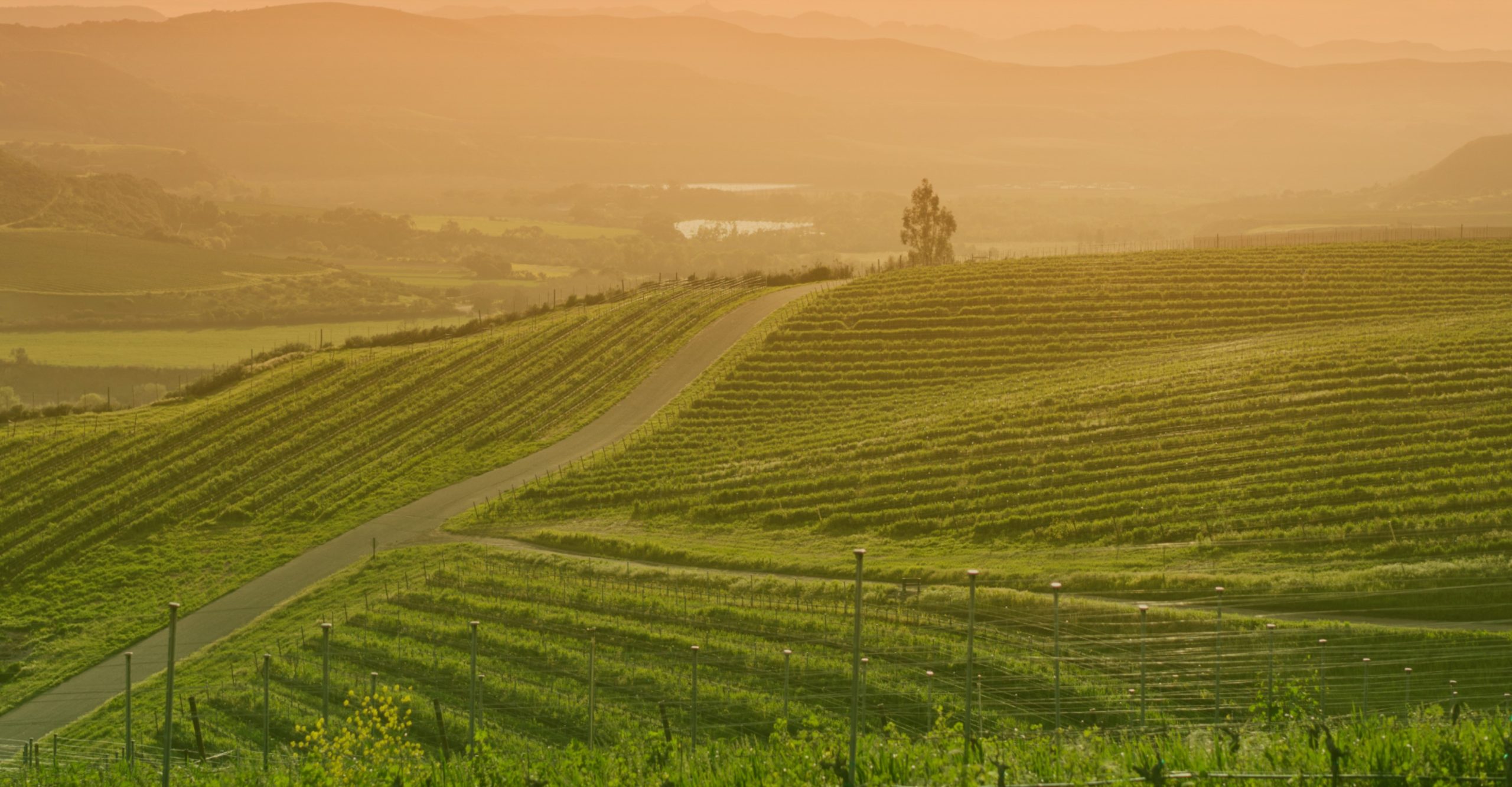





Terrains of River Ganges
Haridwar
of organic and sustainably grown crops like
Basmati, Soybean, Amaranth, and more which
are then fine-graded and checked for quality
assurance for distribution.


At Nature Bio Foods, our mission is to deliver quality products (crops, grains and produce) to the global consumers by following environmentally safe production techniques and ingredients that secures the socio-economic development of all involved.
To tell you about the Laksar Project by NBF, it is located in Laksar, district Haridwar in Uttarakhand, India. Haridwar district is located in the southwestern part of Uttarakhand State. There exist three-tier aquifer systems in the Indo-Gangetic belt of the Haridwar district separated by thick confining clay layers of varying thickness. The nature of alluvial sediment is complex and ideal for cultivation of crops like wheat, mustard, oats, and peas.
Haridwar, which means the gateway to God Hari in English, enjoys a spiritual and religious culture in its heart. The farmers of this project are co-operative and willing to adapt new technology.
TRACEABILITY CODE: NBFPOR2015NO02LKI
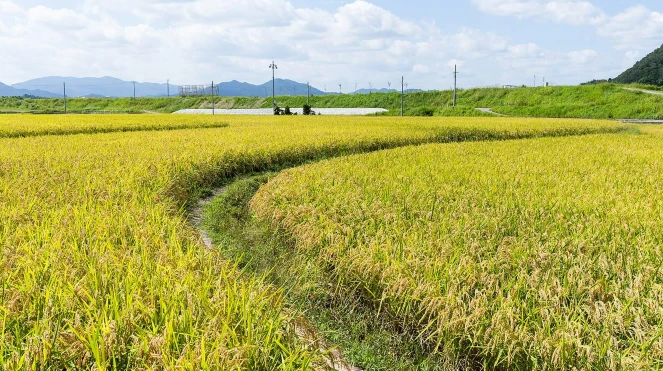

Laksar Project is located in Laksar, Haridwar district in Uttarakhand, India. The total study area taken up for the aquifer mapping is about 2000 sq. km. Haridwar city is said to be one of the seven sacred cities for the Hindus, making it a major pilgrimage centre. The name “Haridwar” (Sanskrit) translates to mean “the door of Gods”.
Coordinates – Laksar project is located at 29.945°N 78.163°E


Bio Suisse is the Swiss organic market’s private label and the owner of the registered trademark Bud. Its standards are private law guidelines and exceed the minimum legal requirements in essential respects (EU-Eco-Regulation 834/2007 or equivalent).

Leo, quam commodo libero nulla mi. Gravida cursus in eget adipiscing amet risus odio. Orci adipiscing et, ultricies non enim. Pharetra, ornare est netus morbi integer nec nunc. Molestie viverra leo arcu fusce magna porta neque, mi. Sed eu rutrum augue porttitor pulvinar morbi fermentum semper. Purus etiam id non tincidunt nulla amet. Lobortis fusce mauris, elit etiam adipiscing pellentesque. Orci neque, quis sit nulla pretium hac laoreet nec urna.

Naturland promotes organic production and social recognition of organic agriculture worldwide. Their work enables them to contribute to protecting the environment and its resources, ensuring food security, and improving people’s living conditions. Naturland certification is attainable even for low-acreage farmers, they also work with producer associations that incorporate numerous individual producers. In this case, a producer association or ‘cooperative’ counts as one Naturland member.

Organic products are grown under a system of agriculture without the use of chemical fertilizers and pesticides with an environmentally and socially responsible approach. This is a method of farming that works at grass root level preserving the reproductive and regenerative capacity of the soil, good plant nutrition, and sound soil management, produces nutritious food rich in vitality and has resistance to diseases.
India is bestowed with a lot of potential to produce all varieties of organic products due to its various agro-climatic conditions.

The KRAV label has grown out of active interest to protect, nature, people, animals, and the future. Their goal is to contribute to sustainable and confidence-inspiring production of high-quality food in the long-term. Since 1985 KRAV has pursued the development of organic and sustainable food production, and thousands of actors in the food production chain have come together to support our goal. We are now Sweden’s most well-known environmental food label – 98% of all consumers are familiar with the KRAV label.

Biodynamic farming is a regenerative and holistic approach to agriculture, gardening, and food production and processing. It has higher standards than organic agriculture because it looks at the bigger picture and tries to put back more than it extracts.
Setting very high standards for organic farming since 1924. Developing from lectures given by scientist and philosopher, Rudolf Steiner, the pioneers in biodynamic farming has been developing this modern and future-oriented cultivation method ever since.

Fairtrade’s approach enables farmers and workers to have more control over their lives and decide how to invest in their future.
As a leader in the global movement to make trade fair, Fairtrade supports and challenges businesses and governments and connects farmers and workers with the people who buy their products.
Small-scale farmers and workers are among the most marginalized by the global trade system. At Fairtrade, they are at the heart of everything we do. Unique among certification schemes, producers have an equal say in how Fairtrade is run and are included in all our decision-making.

Haridwar city is situated on the rightwards bank of the Ganga River, at the foothills of the Shivalik ranges. The Topography of Haridwar is undulating in the northern region and smoother towards the south. The total altitude ranges from 868 m to 233 m. in the area near the popular Siwalik hills of North India, the gradient is quite steep. From the geomorphological perspective, Haridwar can be divided into 4 separate units and they are flood plains, upper piedmont plains, structured hills and lower piedmont plains.

Haridwar comes under a hot sub-humid (dry) eco-region with alluvium-derived soils. It covers the northern Indo-Gangetic Plain, including the Piedmont Plain of the Western Himalayas. The soil in all five blocks of Haridwar district is quite fertile, especially near the Solani River (tributary of Ganga). At places, clay percentage is more, otherwise, the soil is good for all kinds of crops. With the regular interaction with farmers by our team soil fertility of many farms has increased which was seen last year with the production of PB-1637.
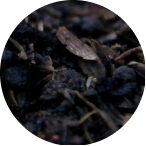
Soil Type 1
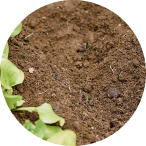
Soil Type 2

Soil Type 3
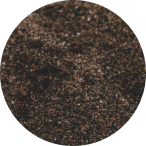
Soil Type 4
Haridwar has a pleasant climate for many months of the year. As it is located at the foothill of the Himalayas, the climate never goes to extreme levels and remains pleasant throughout the year, although it receives heavy rainfall. The annual mean rainfall in Haridwar is about 2136.7 mm.
The eco-region has a hot, sub-humid (dry) climate. In the month of summer, the temperature in Haridwar varies from 35°C to 45°C. The summer season is mild followed by a good rainfall in the monsoon.
The temperature ranges from 10°C to 30°C in the months of winter. The weather of Haridwar often becomes unpredictable. The winters are very cold in Haridwar. Woollen clothing is essential during this period.
Minimum

5°C
(Dec-Jan)
Maximum

45°C
(May-June)
Minimum

5°C
(Dec-Jan)
Maximum

45°C
(May-June)
When compared with winter, the summers have much more rainfall.
South West
Mansoon
990 mm
(June-Sep)
North West
Mansoon
95 mm
(Oct-Jan)
Summer
Rains
15 mm
(Mar-May)
There are mainly three seasons.

Summer
(Mar-June)

Rainy
(July-Sep)

Winter
(Oct-Feb)
Both surface and subsurface sources are developed for purpose of irrigation. Canals and guls have been constructed by the farmers as well as government agencies from the perennial rivers/ springs/ seasonal rivulets.
Groundwater from wells is a major source of water in Haridwar. Rainwater and locally collected water such as cisterns and rain barrels help in better production of crops.
Farmers in the region are very hardworking and cooperative. They also help each other when needed. Earlier labour was not hired by farmers for agricultural works because in that time people lived in joint families and there were so many members in a family who can do all agriculture work itself.

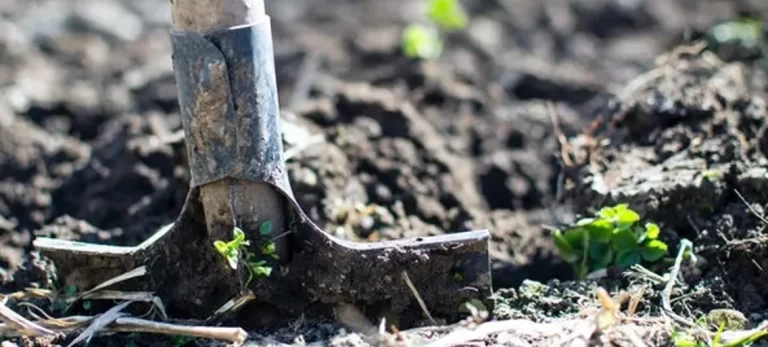

Growing conditions in Haridwar are favorable for most of the Kharif and Rabi crops. Haridwar experiences humid and sub-humid climate with three distinct crop seasons. Topography in the district is also variable.
Most of the farmers in valley are now practicing organic farming practices because of several organizations as well as Govt of Uttarakhand initiatives. Farmers have adopted organic farming practices nicely.
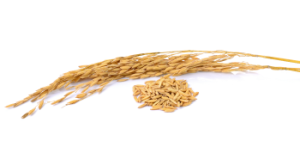
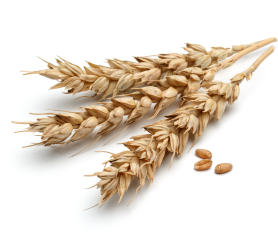

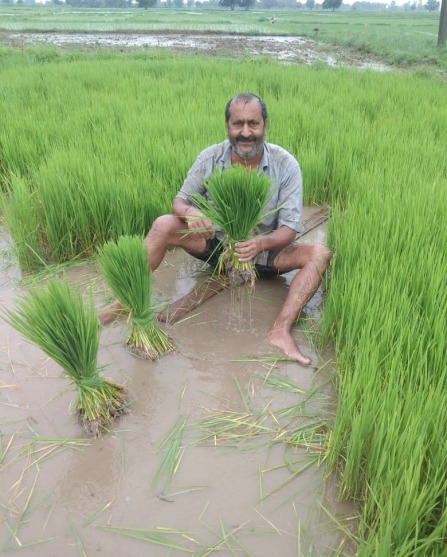
Yellow stem borer is a serious pest of rice, and its incidence is noticed in the nursery, planting to mid tillering, and panicle initiation stages. Heavy infestation results in 40-60 percent yield loss. Symptoms of damage include the presence of brown-colored egg masses near leaf tips in the nursery and early transplanted plants.
One of the control measures is to clip off the tip of the seedlings before transplanting and collect and destroy stem borer egg masses present on the transplanted young rice plants.
Team NBFL conducted 100+ field demonstrations of clipping the paddy seedlings before transplanting and collecting and destroying stem borer eggs.


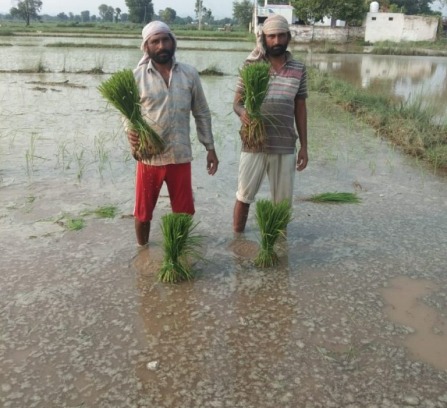
Benefits Of Line Sowing Of Paddy
A scientific study revealed that the average increase in paddy yield was about 20 % under the line sowing method over the broadcast method of paddy planting. The per hectare net return was more under-line sowing as compared to the broadcasted method of sowing.
Also, line sowing is more effective due to easy intercultural operations like weeding, spraying, etc., and uniform plant stand.
Team NBF demonstrated this technology at 100 farmers’ fields.
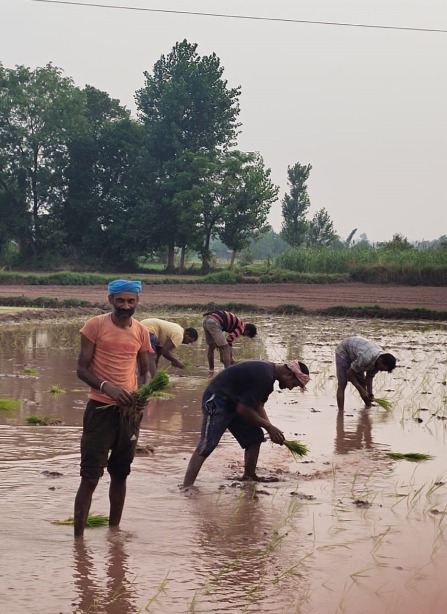


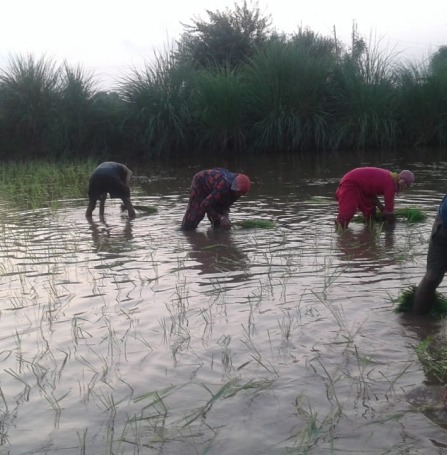
Technology Demonstration & Training
Pheromone Traps for insect management
Waste Decomposer for crop residue decomposing & quality compost making
Vermi Compost units
Botanical Pesticides
Contamination control in produce
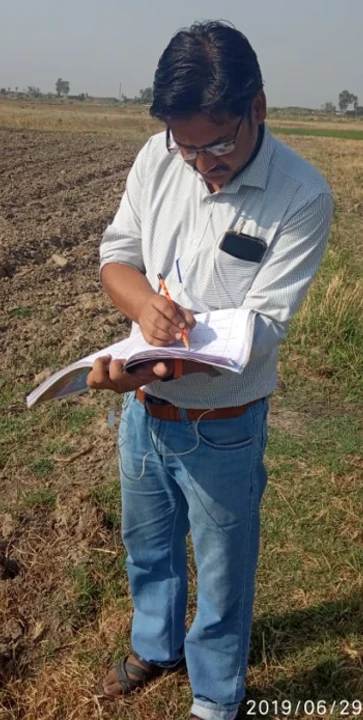

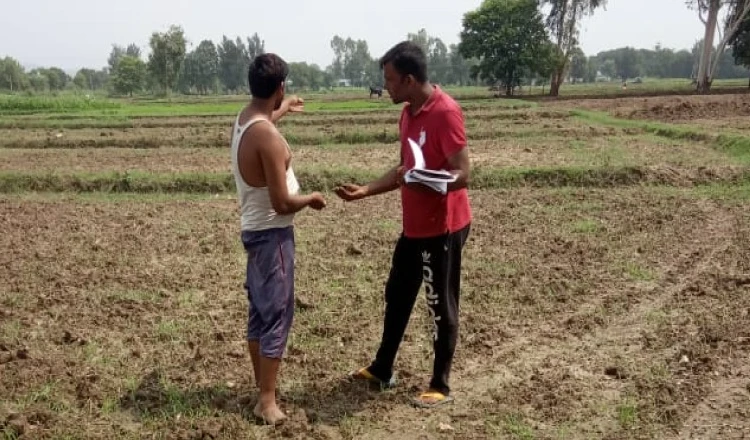

Demonstration Of Pheromone Trap
Pheromone traps are often used to catch certain species of insects and in these traps, a pheromone attractant is used to lure insects. Once attracted, a catching bucket captures the insect.
Pheromones are sex attractants that attract only males of various species of insects. These types of traps are not used to control insects but instead are used to detect the presence of pests, for monitoring, or to determine the first appearance of a pest in an area.
To manage the yellow stem borer of the paddy team NBFL demonstrated this trap at farmer’s fields.

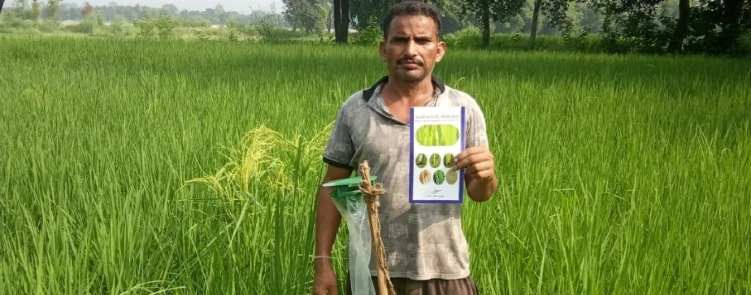
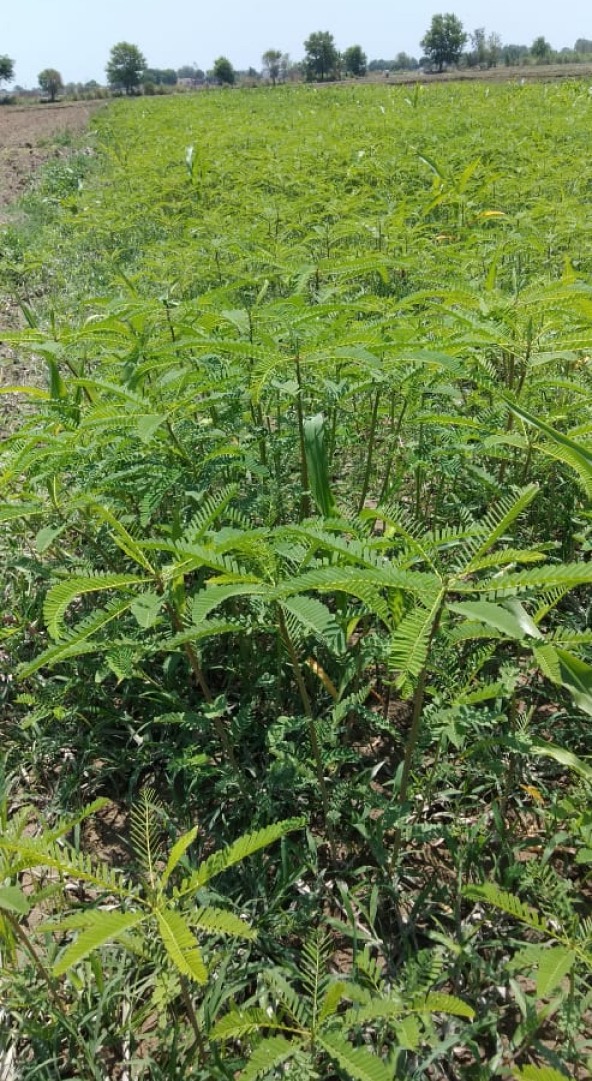
Weed Suppression
Green manure crops grow quickly and their very leafy growth smothers weeds. It is like a living mulch as it suppresses weeds and retains moisture in the soil. It is good practice to make sure the soil is weed-free first. That is why they are very important when areas are left fallow especially good in winter.
Demonstration Of Pheromone Trap
Improving Soil Structure
Green manures have deep penetrative roots that as they grow open up the soil. This is an advantage on heavy soils as allows drainage to occur more freely and organic matter to be left in the soil on lighter soils the particles of soil can bind together better so they can hold water better and leaves the organic matter in the soil.
Adding Nutrients
Leguminous green (Sesbania) manures absorb nitrogen from the air and fix it in root nodules on their roots so that when it is dug in it becomes available to the following crop. Specific soil bacteria are required to be present but they are usually present in healthy soil. Nitrogen is required by plants as it encourages healthy stem and leaf growth.

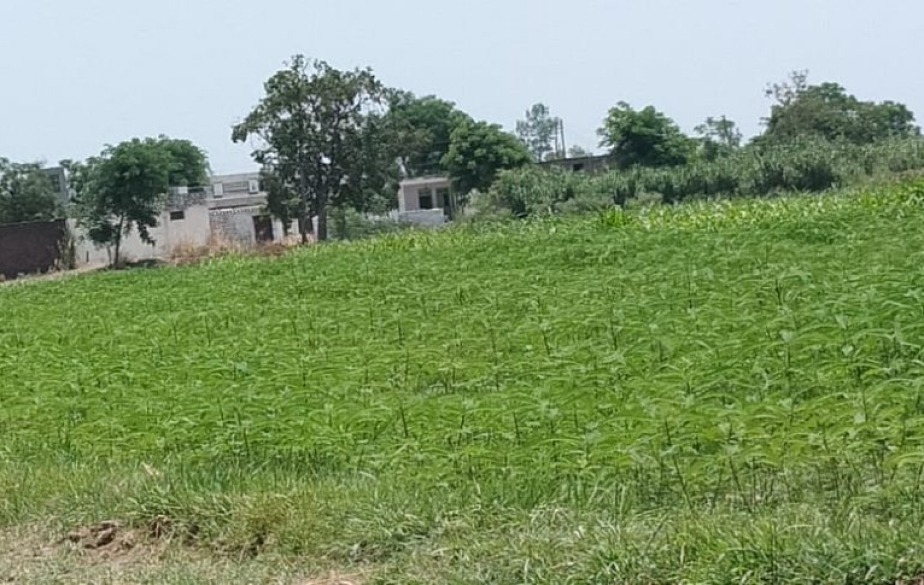
Technology Demonstration & Training
Pheromone Traps for insect management
Waste Decomposer for crop residue decomposing & quality compost making
Vermi Compost units
Botanical Pesticides
Contamination control in produce


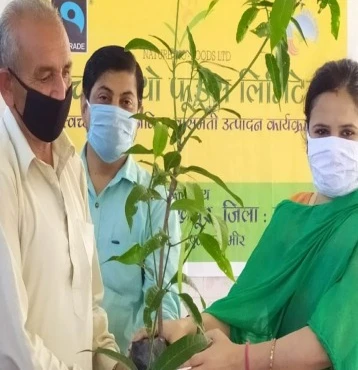

Soil Sampling & testing
A soil test is important for several reasons: to optimize crop production, to protect the environment from contamination by runoff and leaching of excess fertilizers, to aid in the diagnosis of plant culture problems, to improve the nutritional balance of the growing media and to save money and conserve energy by applying only the amount of fertilizer needed. Pre-plant media analyses indicate potential nutrient deficiencies, pH imbalance, or excess soluble salts. This is particularly important for farmers who grow organic and use their own produced FYM.
In support of the department of agriculture Jammu, we have conducted soil analysis before the sowing of Rabi and Kharif crops every year and based on lab results recommend nutrient management practices to our growers.

Darbhanga has a mesmerizing appeal with the various exquisite royal residences and landmarks dispersed into the cityscape. The marvellous stories of the area along with legendary legends and fables give it a spiritualist appeal.

By Train
Haridwar has a railway station that connects it well to the rest of India.

By Road
Haridwar can be reached easily by road from Delhi, Haryana, UP, Punjab and other parts of Uttarkhand. Several state transport and private buses connect Haridwar with these places.

By Air
Jolly Grant Airport in Dehradun serves as the nearest airport to Haridwar. People can come via Delhi or Mumbai to Dehradun airport.



Mountain
It has an average elevation of roughly 314 meters.
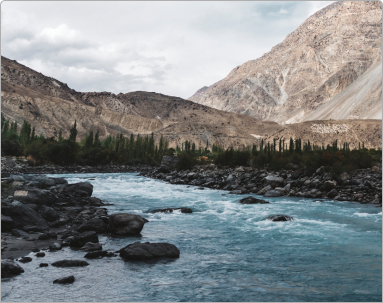

River
Haridwar is situated on the banks of the holy river Ganges.
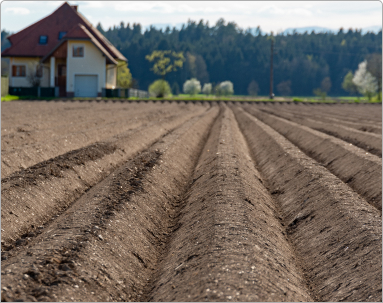

Soil
The soil in all five blocks of Haridwar district is quite fertile, especially near the Solani river. At places clay percentage is more, otherwise, the soil is good for all kinds of crops.
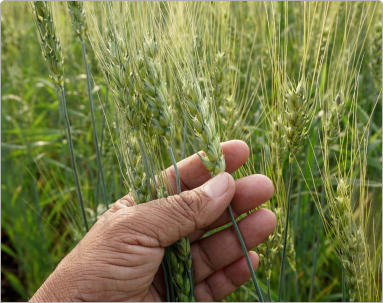

Crop
Kharif – Basmati Paddy CSR-30, PB1637, Type-3, Sarbati, Kasturi, PB-1, Pusa 1121 and Sugarcane.
Rabi- Wheat, Mustard, Oats, Peas.
Economic
Women Employment Generated
1200+ | ||
Average Farmer's Income Growth
20% | ||
Annual Employment Growth
9% | ||
Social
Schools Constructed
10+ | ||
Toilets Constructed
100+ | ||
Daily Meal Distributed
10,000+ | ||
Sanitization kits Distributed
10,000+ | ||
Blood Domination Camps
100+ | ||
Environmental
Trees Planted
99,978+ | ||
Sanitation Facilities Provided
100+ | ||
Solar Lamps Installed
1,000+ | ||
Gallon Rain Water Harvested
15,000+ | ||
KGs Plastic Waste Recycled
9.000+ | ||

Impact by our Farmers
Farmers use a variety of methods to improve soil fertility, including crop rotation, cover cropping, reduced tillage, and application of compost. By reducing fuel-intensive tillage, less soil organic matter is lost to the atmosphere. This has the added benefit of carbon sequestration, which reduces greenhouse gases and helps reverse climate change. Reducing tillage may also improve soil structure and reduce the potential for soil erosion.

Difference our People are Making
Multiple Processes starting Conversion of land from conventional management to organic management and Management of the entire surrounding system to ensure biodiversity and sustainability of the system. Also, Crop production with the use of alternative sources of nutrients such as crop rotation, residue management, organic manures, and providing complete biological inputs.
Management of weeds and pests by better management practices, physical and cultural means is supervised and managed by our teams thus being an integral contributor and impact to the cause.

Contribution by our Customers
Consumers’ attention to food safety issues and environmental issues has increased overwhelmingly in recent decades because of their increased concern about their own health, the environment’s health, and the crises and emergencies reported worldwide. Once the only option, organic agriculture has always been a production option followed by at least a few farmers all over the world, and consumers are directly contributing to the overall health of the planet and creating an impact by simply consuming.
In the scriptures, Haridwar has been variously mentioned as Kapilasthana, Gangadwara and Mayapuri. It is also an entry point to the Char Dham (the four main centres of pilgrimage in Uttarakhand, Badrinath, Kedarnath, Gangotri, and Yamunotri), hence, Shaivaites (followers of Lord Shiva) and Vaishnavites (followers of Lord Vishnu) call this place Hardwar and Haridwar respectively, corresponding to ‘Hara’ being Shiva and ‘Hari’ being Vishnu.
The legendary King, Bhagiratha, the great-grandson of the Suryavanshi King Sagar (an ancestor of Rama), is said to have brought the river Ganges down from heaven, through years of penance in Satya Yuga, for the salvation of 60,000 of his ancestors from the curse of the saint Kapila, a tradition continued by thousands of devout Hindus, who bring the ashes of their departed family members, in hope of their salvation. Lord Vishnu is said to have left his footprint on the stone that is set in the upper wall of Har Ki Pauri situated in Haridwar, where the Holy Ganges touches it at all times.
With a population of 14.47 lakh in 2001, Haridwar district accounts for about 17 per cent of the population of Uttarakhand. About 70 per cent of the population resides in rural areas. The population of minority communities, comprising mainly Muslims, constitutes a sizeable share (34.7 per cent) in Haridwar. Tehsil-wise, the percentage of the minority population is the highest in Roorkee (41.2 per cent), followed by Haridwar (36.7 per cent), and the lowest (26.7 per cent) in Laksar. The main language of Haridwar is Hindi (89%), Urdu at 9.7%, and Punjabi at 0.82%.
Culture
Haridwar’s culture is an enchanting blend of tradition, history and religion. Considered as one of the seven holy seats of Hinduism, Haridwar can be proud of its cultural heritage.
The old Havelis, temples and mansions carry the rich Hindu architectural brilliance. Set amidst beautiful mountainous landscapes, Haridwar is one of the greatest centres of classical music and art forms. As per religious beliefs, God has left his footprints in this holy city and the folk songs of the land still chant that incident.
Festivals and fairs are integrally associated with the culture of Haridwar. Apart from the usual Hindu festivals, Kavad Mela, Somvati Amavasya Mela and Kumbh Mela are celebrated with great fervour and respect.
Social Life
The majority of the local population of Haridwar speaks Hindi. Various heritage temples can be noticed all around the city, as the majority of the people are a follower of the Hindu religion. The city shares its past with the Ramayana and the Mahabharata periods. The city has a rich culture and traditional values.